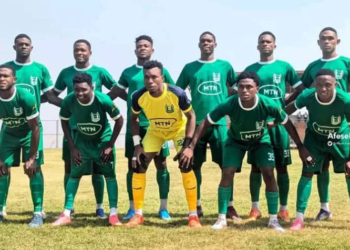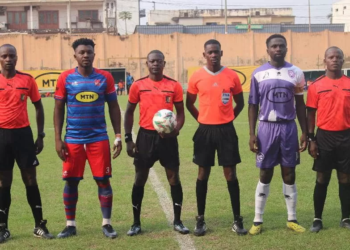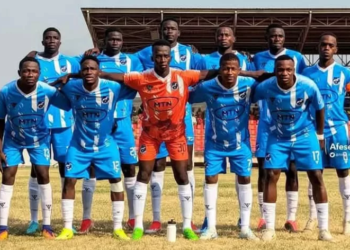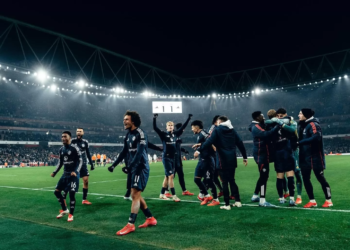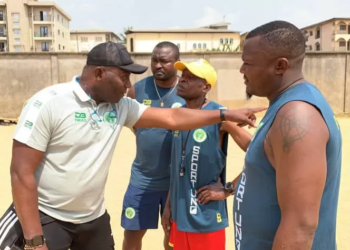A few years ago, Cameroonian football was noted for the escapades of its managers and the feats of the national team, the Indomitable Lions.
Today, with the good performances of the Lions earning the country worldwide respect, managers seem to be more conscious of their role and the need to rise to the occasion.
The secretary general of the Cameroonian Football Federation (FECAFOOT), Jean-Rene Atangana Mballa, recognises that the organisation of Cameroon’s football is at variance with its performances at international level. « Exodus has created a gap between the performances of local players and those plying their trade abroad. On the one hand, you have players who are put in optimum conditions and those who are in precarious conditions, » Mballa concedes.
As for the organisation, African federations in general have not followed the evolution, due to the lack of financial means. They have to restructure their football to reduce this gap, he adds.
To illustrate the point, while the national team mainly composed of professionals dominates African football, no Cameroonian club has emerged victorious in continental competitions in the last 20 years.
« At FECAFOOT, we try to organise ourselves but it is not easy to control local players. Football has become a social phenomenon. Hardly has a player displayed talents when he emigrates, hence we have clubs in perpetual transformation, » Atangana Mballa explains.
According to him, the solution is to guarantee players the minimum so that they become more mature before emigrating.
FECAFOOT’s organisation has a pyramidal shape. At the top there is the general assembly that elects a 30-strong executive committee. The present chairman is Mohamed Iya.
Provincial and departmental leagues manage football in the 10 provinces and the 52 divisions of the country.
Cameroon organises two major competitions, the premier league and the challenge Cup.
The premier league groups 16 teams with a total of 1,160 senior and junior players. The second division championship (320 teams and 5,000 senior and junior players) takes place at provincial level. A national round robin tournament then gathers the best teams for the first league. Finally, there are championships at divisional level with 1,050 teams participating. In addition to first and second division championships and divisional championship (Third Division), FECAFOOT has just launched a competition for young boys.
For the time being, only some provinces participate in these competitions that already mobilise about 70,000 young boys.
There is also a women’s championship that, however, needs to be popularised across the national territory.
According to the secretary general, FECAFOOT is investing in facilities. « In this year’s budget, we have planned to purchase headquarters in the 10 provinces, » said Atangana Mballa, who also announced a project to build a sports centre next year.






